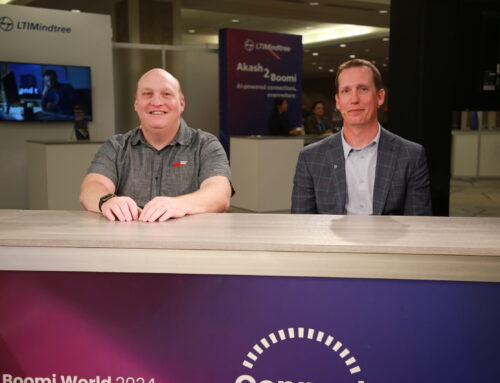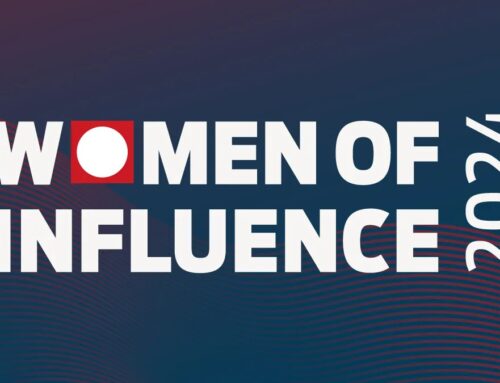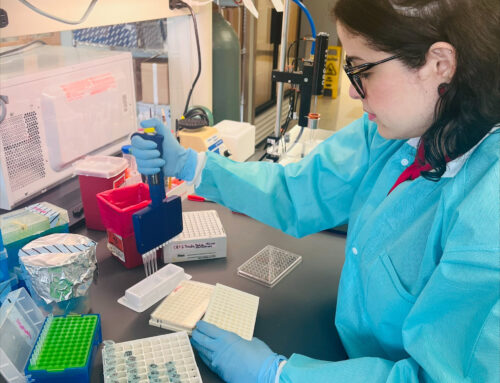Disclosure: The views and opinions expressed herein belong solely to the authors and do not represent the views and opinions of crypto.news editorials.
There are many ideas for using blockchain technology in real estate. However, what is often overlooked is the land registry. The bold claim that real estate tokenization will disrupt the industry essentially boils down to securitization through security tokens. While ideas like this have merit, I felt they lacked perspective and were not as disruptive as proclaimed.
My doctoral research was dedicated to developing the next generation land registration system. I introduced the concept of “title tokens,” a new class of assets that, unlike security tokens, act as actual records of ownership. At its core, blockchain technology functions as a type of database. Therefore, instead of managing ownership records in traditional land registries, whether paper or electronic, blockchain can be used to manage this more effectively, as detailed in this article.
To explain why the next generation of real estate registration systems should leverage blockchain technology, it is essential to clarify some misconceptions about this technology and highlight its innovative features.
First, the categories of distributed ledger technology, broadly classified as “permissioned” and “private” ledgers, do not align with the original definition of blockchain according to rigorous academic standards. More importantly, beyond this terminological difference, permissioned ledgers cannot guarantee data immutability. And immutability is a key game-changing feature of blockchain.
Not all blockchains are blockchains
The method of creating time-stamped blocks of data interconnected by hashes was introduced by Haber and Stornetta in 1991. This method is not intended to protect data, but to verify its authenticity, and there is no evidence that it was ever called “blockchain.” The term appears to have first emerged between Bitcoin's developer and his mastermind Satoshi Nakamoto. Nakamoto's paper “Bitcoin: A Peer-to-Peer Electronic Cash System'' proposes using Haber and Stornetta's technique as one of his components of the technology. By combining this with a decentralized consensus mechanism, he devised a way to operate it within a decentralized network. This is where the term “blockchain” comes from.
Currently, with different consensus mechanisms and approaches to the creation of distributed ledgers, blockchain can be defined as a digital ledger with a native unit of account (cryptocurrency) and data storage capabilities. It operates on a decentralized network with an open, competitive and decentralized consensus mechanism.
Allowed cartel DLTs are not immutable
Permissioned distributed ledgers, including private ones as a subset, lack the feature of free open competition. In fact, they represent the opposite. These ledgers operate under the centralized authority of a control node. Collective governance scenarios (involving multiple nodes) may employ a somewhat decentralized consensus mechanism, but this only applies within a closed group of member nodes. In effect, they function as a centralized system to the outside world, akin to cartels. Therefore, although all blockchains and distributed ledgers utilize blockchain methods, not all blockchains constitute blockchains.
These terminological distinctions may seem pedantic and only relevant for theoretical discussions. However, it is important to understand the broader implications. Permissioned ledgers lack the important feature of immutability, so they cannot guarantee that the data will not change. A control node acting as a cartel has all the privileges of a network administrator, controls access, and may modify data by rewriting or deleting chains as needed. From this perspective, it is essentially no different from any other centralized technology. The term “blockchain” is often incorrectly applied to various ledger technologies, creating a false sense of superior data security.
A fundamental advantage of blockchain is that it can guarantee data immutability. Immutability means that past transactions and stored data cannot be changed for any reason, including by those responsible for the registry. Blockchain's other features are not decisive for upgrading land registration systems, as no other technology in human history has been able to guarantee this. For example, Bitcoin has been operating without compromise for over 15 years, something no other public system can do. Frequent news of data breaches involving major companies (Google, Facebook, Twitter, Amazon, Visa, Mastercard, etc.) highlight the superior security of blockchain technology.
So why is it important to protect data in publicly accessible digital storage? Let's start by considering the main functions of land authorities. If Alice and Bob enter into a title deed and either of them loses or falsifies the document, they could challenge the authenticity of the contract. A third party is required to independently store documents as a source of truth, and this is the minimum role of a registry authority in any country.
Before the advent of blockchain, to ensure this functionality, registration authorities needed archive buildings with racks and folders to store past paper registries, data centers to operate databases with their respective software, etc. , the associated infrastructure needed to be physically maintained. Both technologies have vulnerabilities that can result in irreversible data corruption or loss. Therefore, very limited access was required by those who could manage the system and create records.
Registration means restricting this functionality to authorized individuals such as registrars and notaries. In contrast, blockchain allows registries to be maintained electronically without such vulnerabilities, allowing a virtually unlimited number of users to directly access blockchain-enabled registries without fear of crashing the database. Entries can be created. This only applies to blockchain and not permissioned DLT. The latter is publicly exposed and cannot withstand severe denial-of-service attacks (DDoS), etc. Data loss is a threat as with any older technology.
Older systems require the separation of two acts: concluding and registering a transaction. In the first act, the parties involved sign a contract (deed). The second act is then to take it to the registrar to officially record your deed in the register. This serves as a source of truth about who owns what.
In many countries, legislation provides that the moment of transfer of title is deemed to occur when the deed is registered by a public authority. As explained above, parties are not permitted to create records in the registry themselves. This is because centralized technology is weak enough to allow it. Blockchain is a game changer because, for the first time in history, it can serve as an unbiased source of truth without the oversight of registry authorities. This means that he can combine her two separate acts of agreement and registration into one blockchain transaction. Transactions executed within the smart contract algorithm, once published on the blockchain, serve as the final registry record.
Maintaining infrastructure is not the only role of land authorities. Registration in many countries involves more than simply recording what parties bring to a land office. This requires verification of the transaction, which in some countries requires a notary public to review the transaction. All these functions must be automated to achieve independence from third parties. Only then can we fully unlock the benefits of programmable relationships through smart contracts that enable DAOs, defi, and other aspects of the digital economy.
The bad news for those who believe in complete disintermediation is that registrars will still be needed. Situations where a third party authority is needed include dispute resolution (so the registrar may need to issue a court judgment), inheritance cases, or loss of private keys (cryptocurrency wallets). There seem to be many. It is not accessible by the owner or his successors. Land registry applications (which I call blockchain real estate registries) need to be designed in a way that provides administrative access to ensure the rule of law. However, I would estimate that 9 out of 10 real estate transactions do not require the direct participation of land authorities, as registration will be a seamless and automatic process.
In summary, traditional land systems cannot fully embrace the innovative potential of emerging digital economies such as DAOs, dApps, and defi. Because it is vulnerable and dependent on the supervision of land authorities and other intermediaries, it becomes a bottleneck. progress. Blockchain technology addresses this problem by securing data in a decentralized and open public infrastructure, reducing the risk of irreversible loss of real estate registries and paving the way for automation of intermediary functions. Masu.
The blockchain real estate registry concept signals this shift, proposing a system that can automatically verify and register most transactions without human intervention. However, it is important to note that blockchain does not inherently guarantee immutability. This depends on the size of your network. Smaller networks may be more susceptible to certain types of attacks, while larger, more established networks are typically more resilient. Therefore, for public registries, blockchain selection should favor registries with long histories and rich communities.
Nevertheless, I advocate the adoption of multi-chain systems via cross-blockchain protocols. This approach addresses common concerns associated with blockchain technology, such as bandwidth, scalability, transaction speed, and cost, making it a viable solution for public property registries. This topic is worth further discussion.






